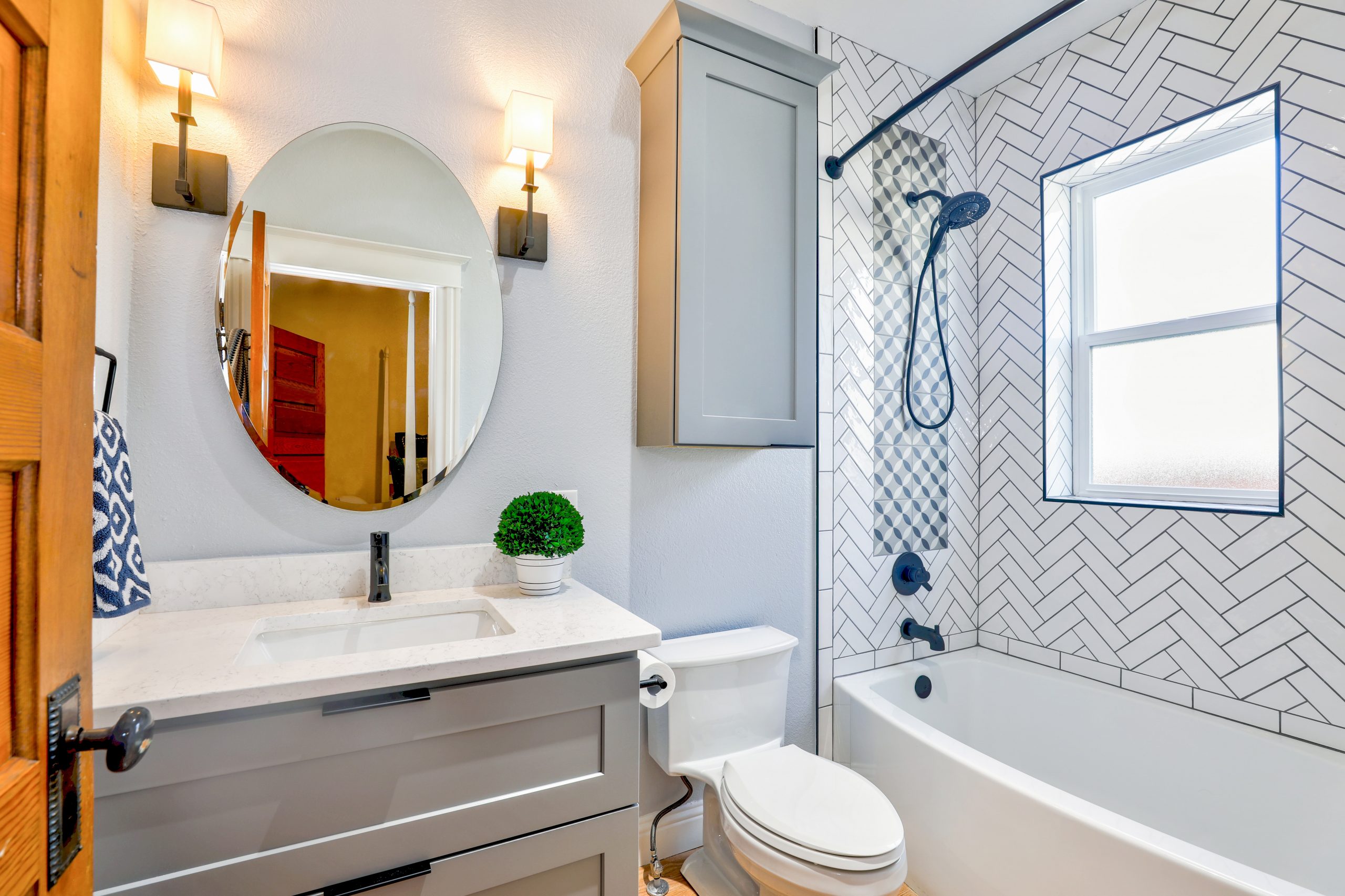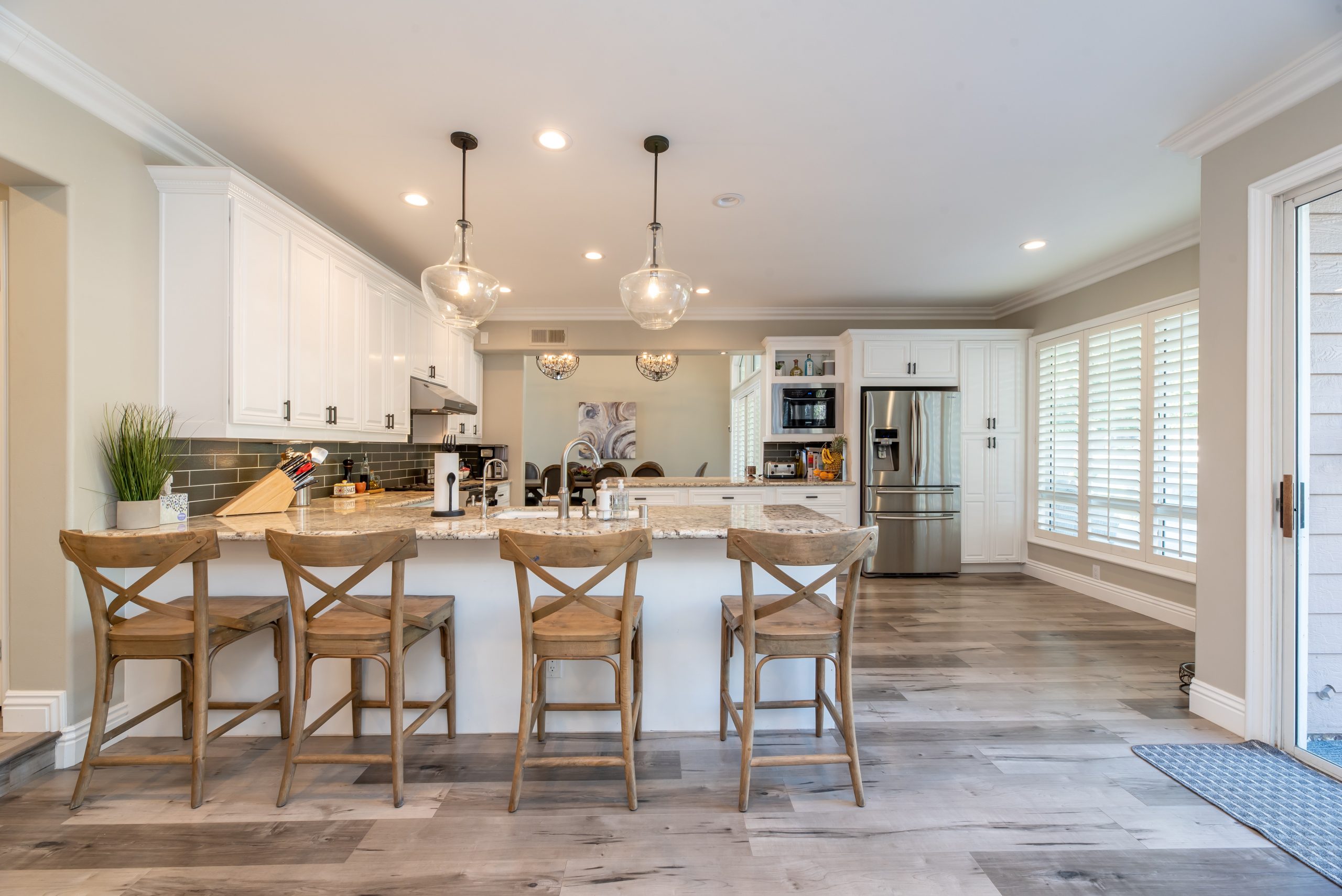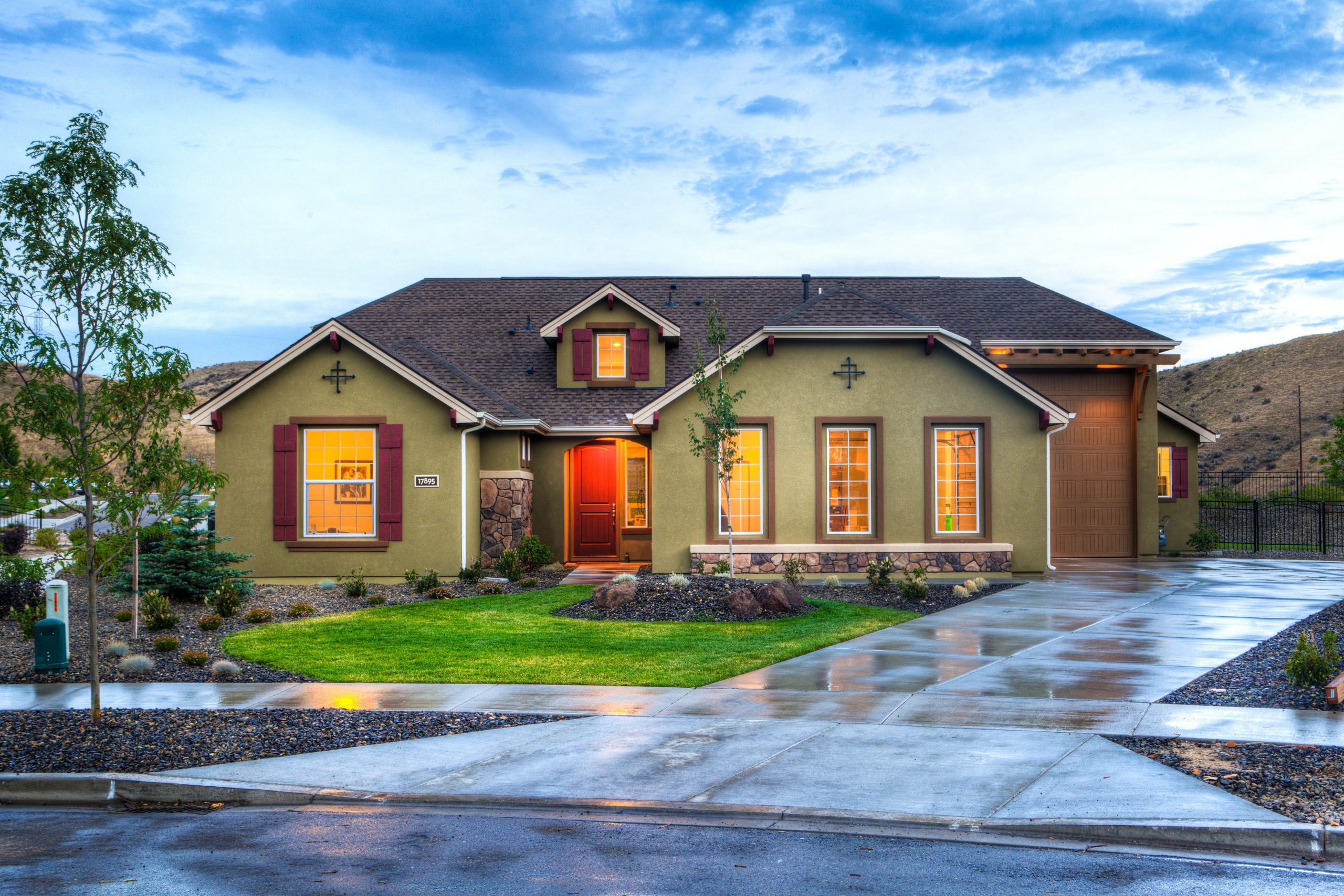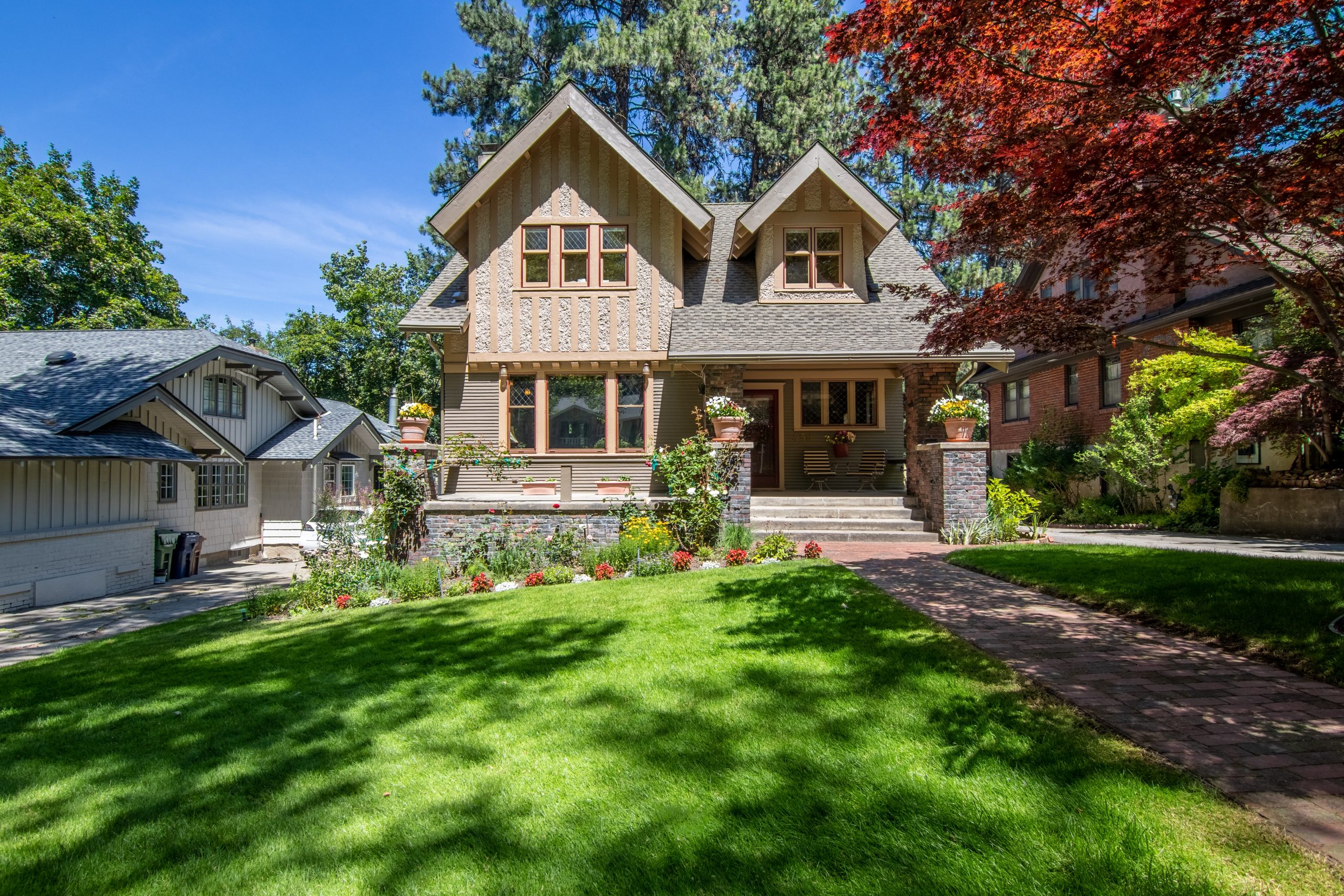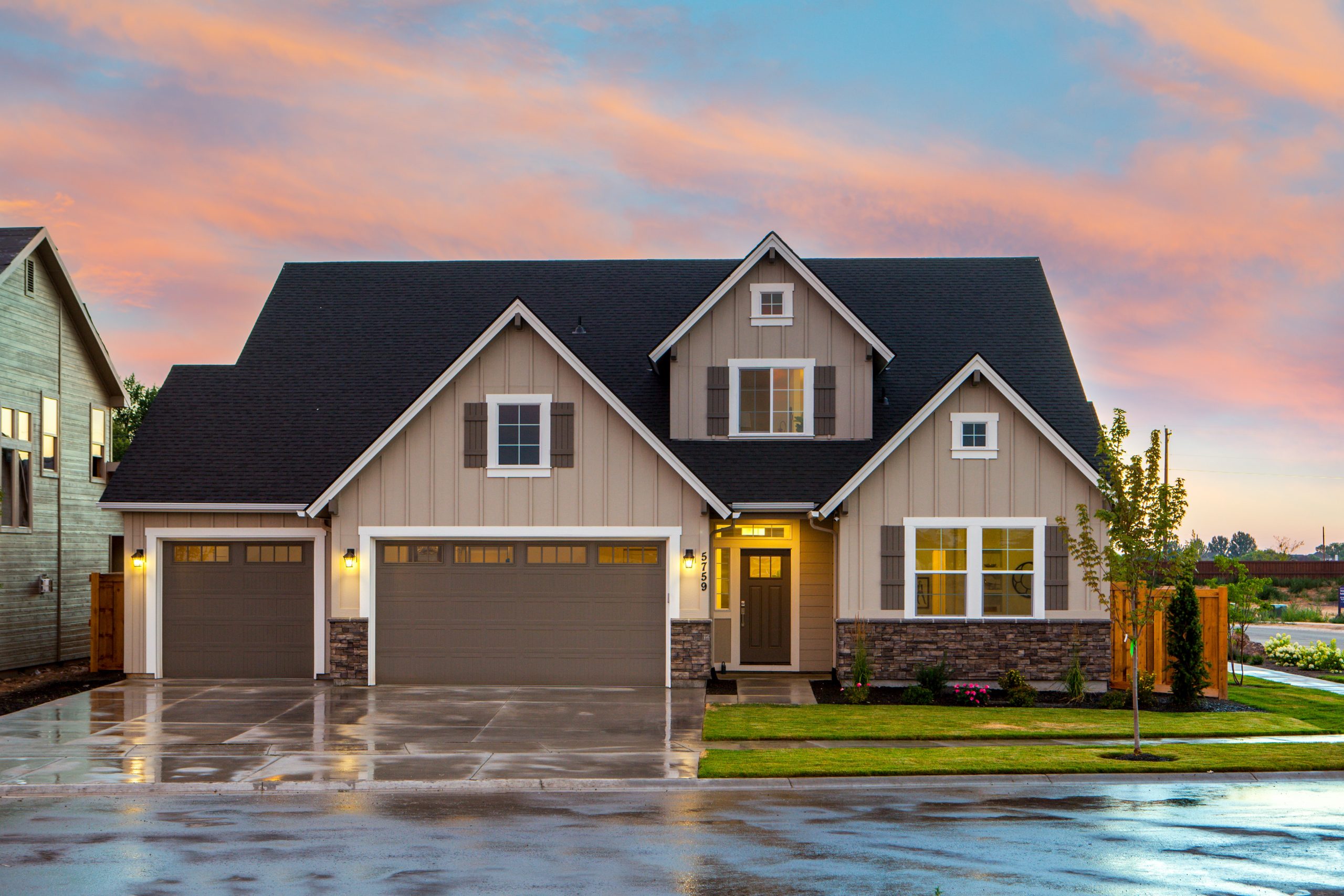Embarking on the path to homeownership can be an exciting endeavor, filled with possibilities and dreams of creating a haven that’s truly your own. While the allure of a new home can be captivating, understanding the financial parameters that guide your home-buying journey is crucial. This involves more than just calculating your mortgage payment – it requires a comprehensive evaluation of your income, expenses, and the various financial commitments that come with homeownership. In this article, we’ll explore how to approach your homebuying budget while considering factors beyond the mortgage, ensuring that your dream home doesn’t turn out to be a financial nightmare.
-
The 28% Rule: Mortgage Payment
A general guideline when it comes to determining your budget is the 28% rule. This suggests that your monthly mortgage payment should be at most 28% of your gross monthly income. Gross income includes your salary before taxes and deductions. This guideline helps ensure that your mortgage remains a manageable portion of your overall financial picture. However, this rule does not consider what your other financial obligations are so it is best to take them into account in your overall budget.
-
Beyond the Mortgage: Consider Other Costs
While the mortgage payment is a significant component of homeownership costs, it’s essential to consider the broader financial responsibilities that come with owning a home:
- Property Taxes: Property taxes can vary widely based on location. Research the property tax rates in the area you’re considering and factor this into your budget.
- Insurance: Homeowners insurance protects your investment and provides coverage in case of unforeseen events. Include the cost of insurance premiums in your budget planning.
- Utilities: Monthly utility bills for electricity, water, gas, and other services are ongoing expenses to factor into your budget.
- Maintenance and Repairs: Homes require regular maintenance and repairs. Set aside funds for routine upkeep and unexpected fixes to avoid financial strain down the road.
-
Creating Your Budget: A Step-by-Step Approach
- Calculate Your Gross Income: Determine your total gross monthly income, which includes your salary and any additional income sources.
- Apply the 28% Guideline: Multiply your gross monthly income by 0.28 to calculate the maximum recommended amount you should allocate to your mortgage payment.
- Factor in Other Costs: Add up the estimated monthly costs of property taxes, insurance, utilities, and maintenance. This will give you a comprehensive view of your potential homeownership expenses.
- Assess Your Financial Comfort: Compare your calculated budget with your current financial obligations and lifestyle. It’s essential to strike a balance between homeownership aspirations and maintaining a comfortable standard of living.
-
Pre-Approval: Getting a Clear Picture
Obtaining a mortgage pre-approval from a lender offers a more precise understanding of how much you can borrow. Pre-approval takes into account your credit history, income, and other financial factors. This step empowers you with a clear budget range and demonstrates your seriousness to sellers when making offers. Though this step will give you an idea of what you can borrow the other steps mentioned here will help you figure out how much you should borrow for a home.
Understanding the foundation of your homebuying budget goes beyond the 28% rule for mortgage payments, though it can serve as a crucial piece in the larger financial puzzle. While adhering to the 28% guideline helps identify a manageable mortgage, a comprehensive budget accounts for additional expenses like property taxes, insurance, utilities, and maintenance – providing a holistic view of homeownership costs. This deliberate budgeting process involves calculating gross monthly income, applying the 28% rule to ascertain a recommended mortgage payment, and comparing the overall budget with your existing financial commitments. This balanced approach, combined with the insights from a mortgage pre-approval, will help you make more informed decisions, aligning your aspirations and comfort with your financial situation on the exciting journey to homeownership.

 Facebook
Facebook
 X
X
 Pinterest
Pinterest
 Copy Link
Copy Link


